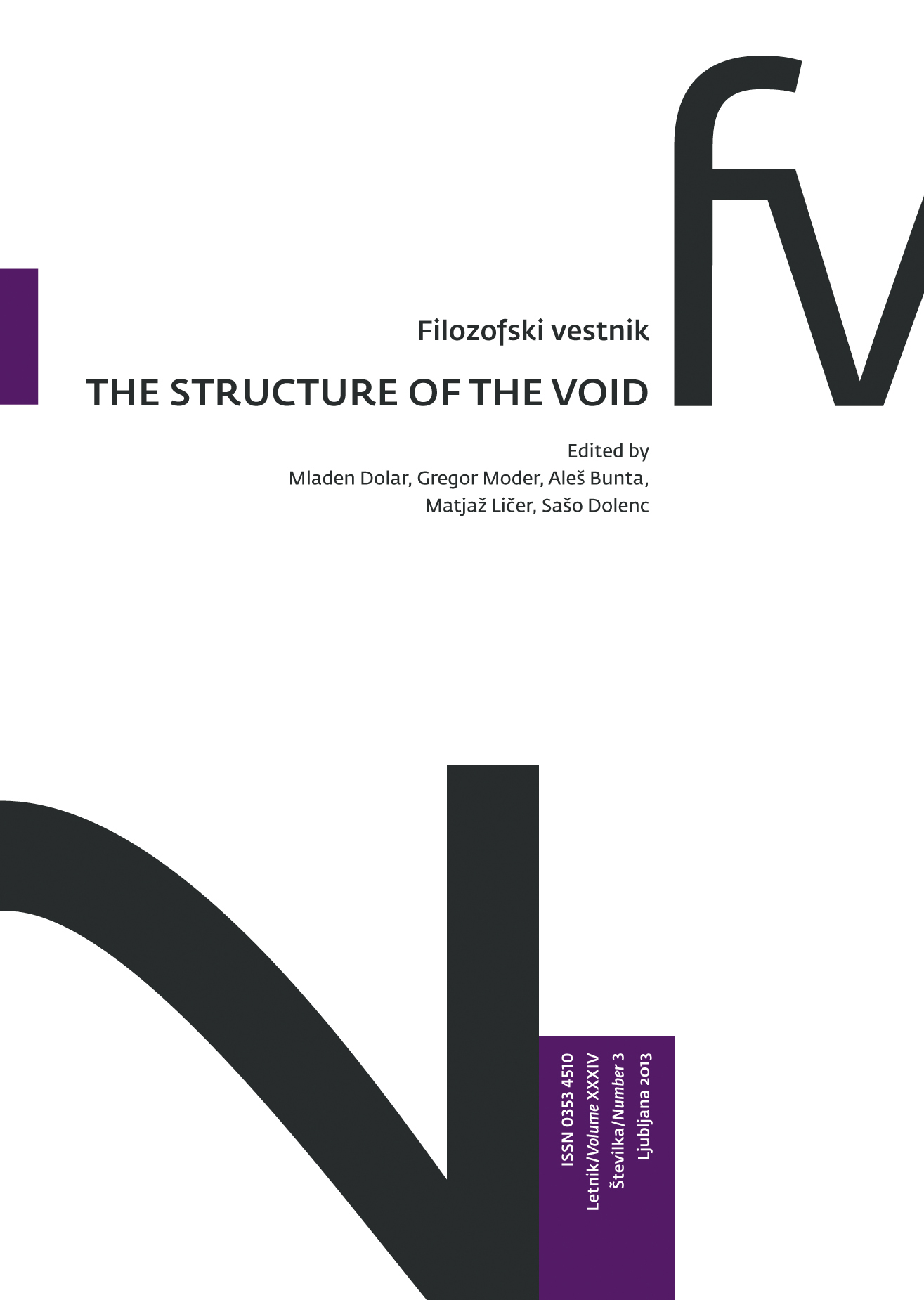Imagine There’s No Void
Abstract
The first part of the paper addresses the ontological problems of the border. Among others, three kinds of borders are indicated: the border between something and something similar, the border between something and something different, and the border between something and nothing. The ultimate borderline of the third kind – the edge of the world – is the most problematic, and the second part of the paper is dedicated to its analysis. How is it possible that on one side we have something, but on the other side there is nothing? How is it possible to think a borderline that has only one side? Here the question of the structure of the void arises. The example of an elementary particle in contemporary physics shows that it does not have an internal structure (it does not consist of anything). However, it has a kind of external structure, which demonstrates its relational character. Respectively, one can indicate three kinds of void: the void as substance, the void as subject, and the void as universal or real. The paper investigates these three kinds of borders as applied to politics, ideology, psychoanalysis, and science.Downloads
Download data is not yet available.
Downloads
Published
2013-12-28
How to Cite
Timofeeva, O. (2013). Imagine There’s No Void. Filozofski Vestnik, 34(2). Retrieved from https://ojs.zrc-sazu.si/filozofski-vestnik/article/view/3260
Issue
Section
The Structure of the Void
License
Authors guarantee that the work is their own original creation and does not infringe any statutory or common-law copyright or any proprietary right of any third party. In case of claims by third parties, authors commit their self to defend the interests of the publisher, and shall cover any potential costs.
More in: Submission chapter





